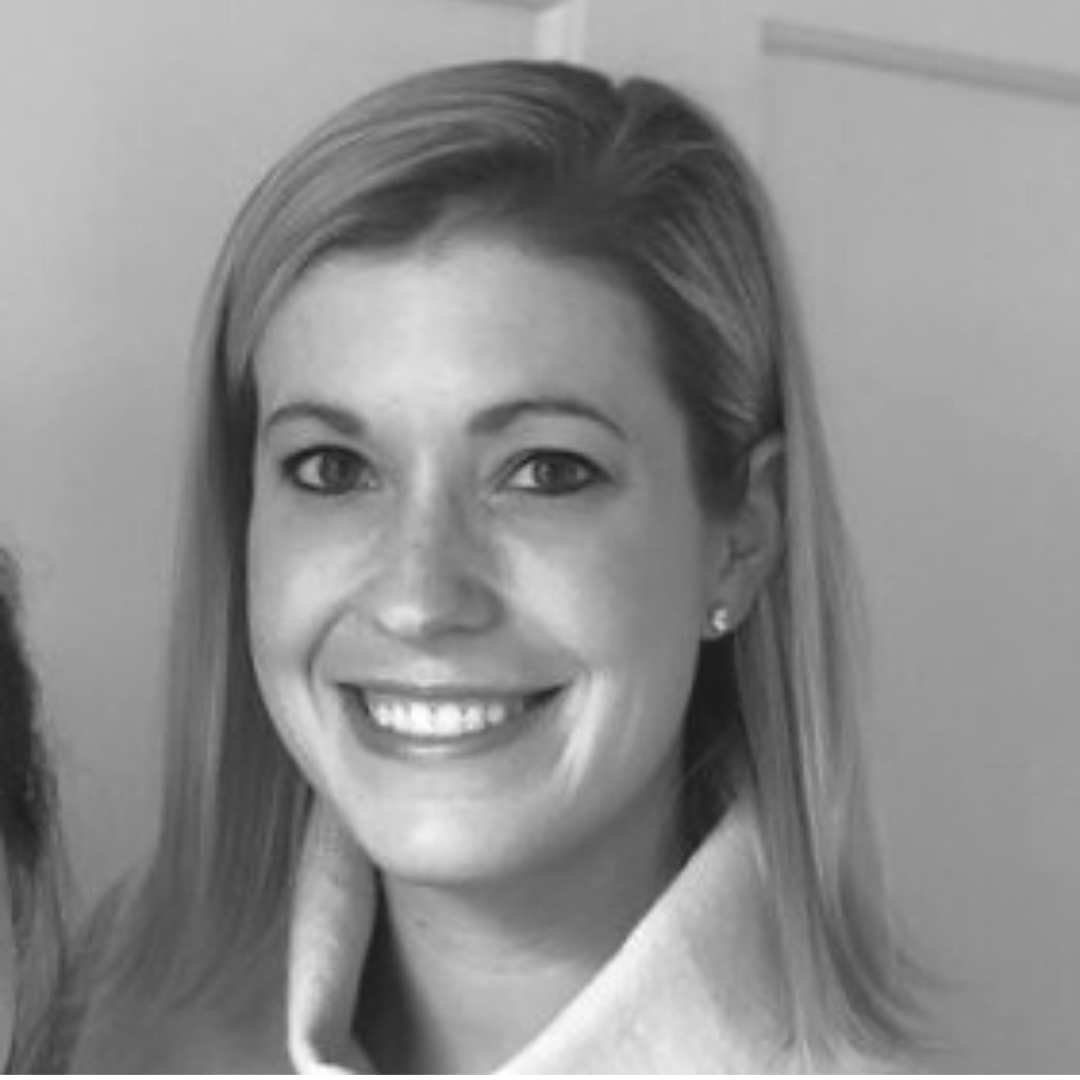


PMs must build digital applications, internal tools and platforms to meet a variety of product user needs-especially with healthcare products
Platform products are a powerful marketplace to drive revenue for its provider and for the developers that use it to promote new products.
Creating an effective product north star starts with a purpose-driven mission that resonates with your team and customers to make an impact.